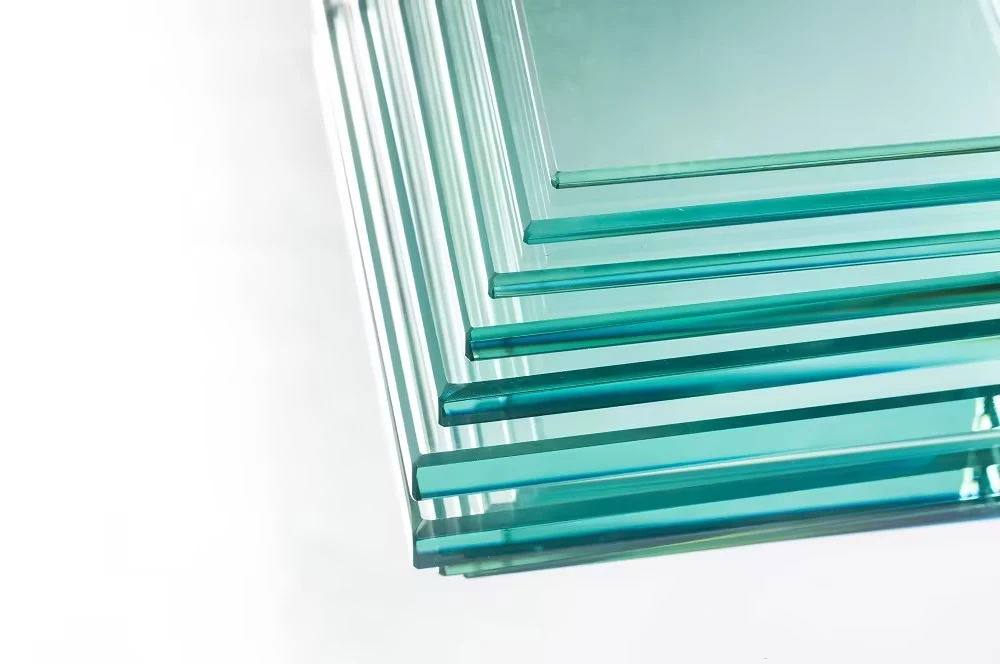

The Significance of Patterned Safety Glass in Modern Architecture
In the realm of modern architecture and design, safety sheets are crucial for enhancing both functionality and aesthetic appeal. Among the various types of safety glass, patterned safety glass stands out for its unique ability to combine safety features with artistic expressions. This article explores the significance of patterned safety glass, its applications, and its benefits.
Patterned safety glass is designed with a distinctive surface design that not only enhances privacy but also serves as a decorative element in buildings. The patterns can range from simple geometric designs to intricate motifs, providing architects and designers with a versatile medium to express their creativity. By incorporating patterned safety glass into their designs, architects can create visually striking façades, partitions, and windows that captivate the attention of passersby while ensuring the safety and security of occupants.
One of the primary benefits of patterned safety glass is its enhanced strength and durability. Unlike regular glass, which can shatter upon impact, safety glass is manufactured to withstand significant force. This is particularly important in commercial and residential settings where the safety of individuals is paramount. Whether used in high-rise buildings or residential homes, patterned safety glass helps to reduce the risks associated with glass breakage, making it an ideal choice for a variety of applications.

Furthermore, patterned safety glass plays an essential role in controlling light and visibility. The unique textures can diffuse sunlight, reducing glare while still allowing for natural light to illuminate the interiors. This characteristic is particularly beneficial in spaces such as offices, where excessive brightness can lead to discomfort and decreased productivity. By balancing light and privacy, patterned safety glass contributes to creating comfortable and inviting environments.
In addition to its physical properties, patterned safety glass also promotes sustainability. Manufacturers have increasingly focused on creating eco-friendly glass products using recycled materials and sustainable production methods. By opting for patterned safety glass, builders can align their projects with environmental goals, reducing their carbon footprint while enhancing the beauty and functionality of their structures.
In conclusion, patterned safety glass is more than just a structural element; it is a blend of safety, artistry, and sustainability. Its ability to enhance aesthetic appeal while providing essential safety features makes it an invaluable component in modern architecture. As designers continue to explore creative possibilities, the popularity of patterned safety glass is likely to rise, paving the way for innovative designs that prioritize both beauty and safety in the built environment.